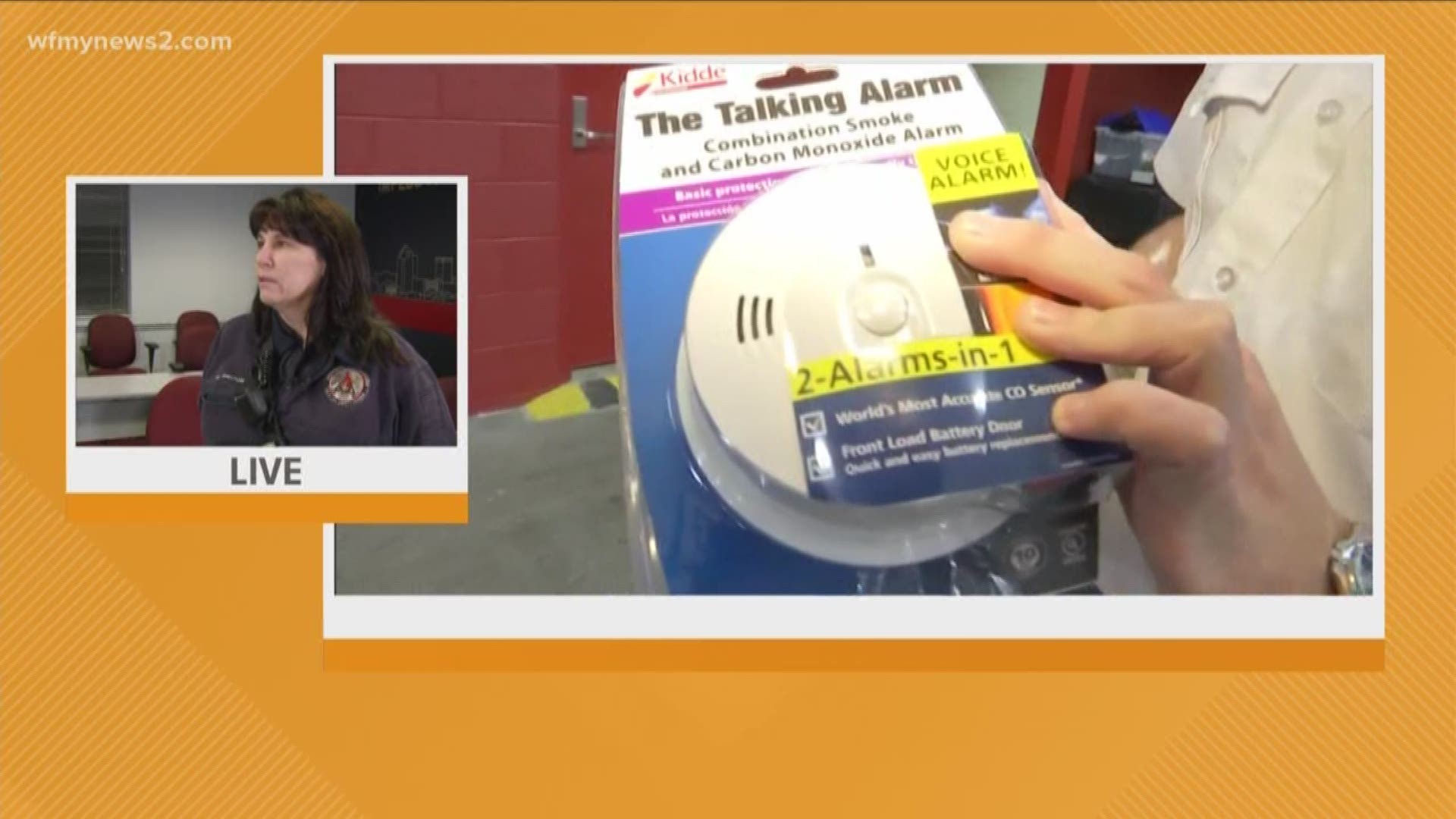RALEIGH, N.C. — Insurance Commissioner and State Fire Marshal Mike Causey is issuing a statewide warning: Beware of the silent killer, check your carbon monoxide alarm. According to the Centers for Disease Control and Prevention, 430 people die every year from accidental CO poisoning. Within the last week, over 100 families were evacuated from the McDougald Terrace housing community in Durham due to carbon monoxide exposure.
Winter weather increases the chances of carbon monoxide poisonings. Carbon monoxide is often referred to as the silent killer because it is an odorless, colorless, poisonous gas that spreads from household items and equipment made from charcoal, wood, gas, or oil. Once it spreads, your home and health are at high-risk. Vehicles, generators and home heating devices can produce dangerous levels in your home in a short amount of time, enough to cause illness or even death.
Carbon monoxide poisoning mimics common illness such as the flu or food poisoning with symptoms to include shortness of breath, nausea, dizziness, light headedness or headaches. It’s best to test your carbon monoxide alarms monthly. If your alarm has replaceable batteries, they should be changed at least every six months.
If you hear your carbon monoxide alarm beeping, do not ignore the alarm. Leave immediately because exposure can quickly lead to health risks including heart disease or fatality. Get pets and everyone out for fresh air. Call 9-1-1 and go to the hospital immediately. Do not re-enter the home until emergency responders say it’s safe. If local emergency responders don’t find carbon monoxide in your home, try resetting your alarm. If the alarm doesn’t stop beeping, contact your manufacturer immediately.
The North Carolina Department of Insurance, Office of State Fire Marshal and Safe Kids NC recommends the following safety tips:
- Carbon monoxide alarms should be installed in a central location outside each sleeping area on every level of the home and in other locations required by law or code. For the best protection, interconnect all CO alarms throughout the home. When one sounds, they all sound.
- Follow the manufacturer’s instructions for placement and mounting height.
- Choose a carbon monoxide alarm that has the label of a recognized testing laboratory.
- Test CO alarms at least once a month; replace them according to the manufacturer’s instructions.
- If the audible trouble signal sounds, check for low batteries. If the battery is low, replace it. If it still sounds, call the fire department.
- If the carbon monoxide alarm sounds, immediately move to a fresh air location. Make sure everyone inside the home is accounted for.
- If you need to warm a vehicle, remove it from the garage immediately after starting it. Do not run a vehicle or other fueled engines or motors indoors, even if garage doors are open. Make sure the exhaust pipe of a running vehicle is not covered with snow.
- During and after a snowstorm, make sure vents for the dryer, furnace, stove, and fireplace are clear of snow build-up.
- Use gas or charcoal grills outside.

